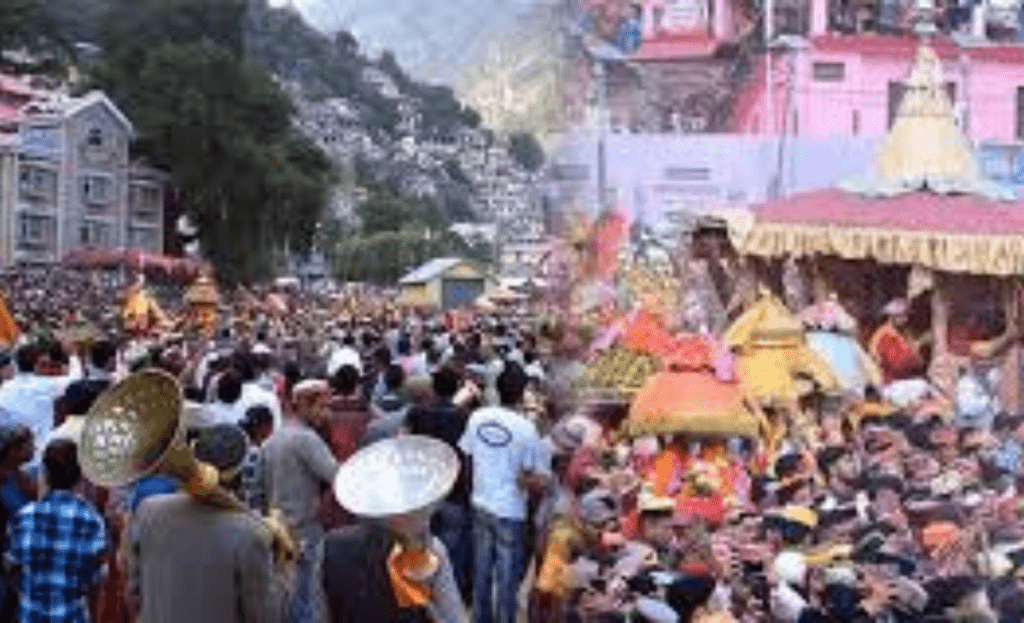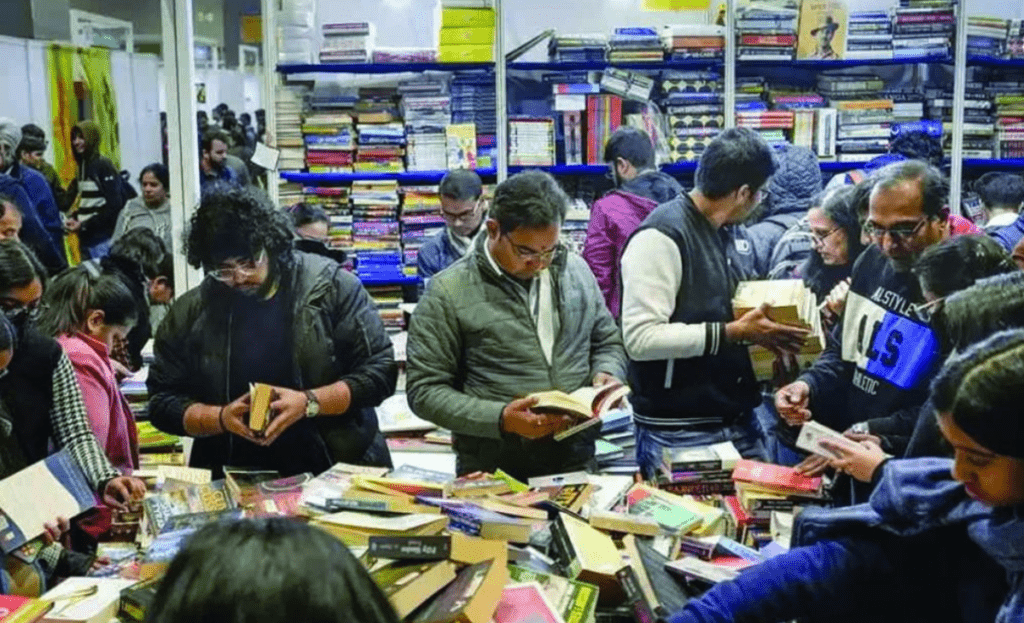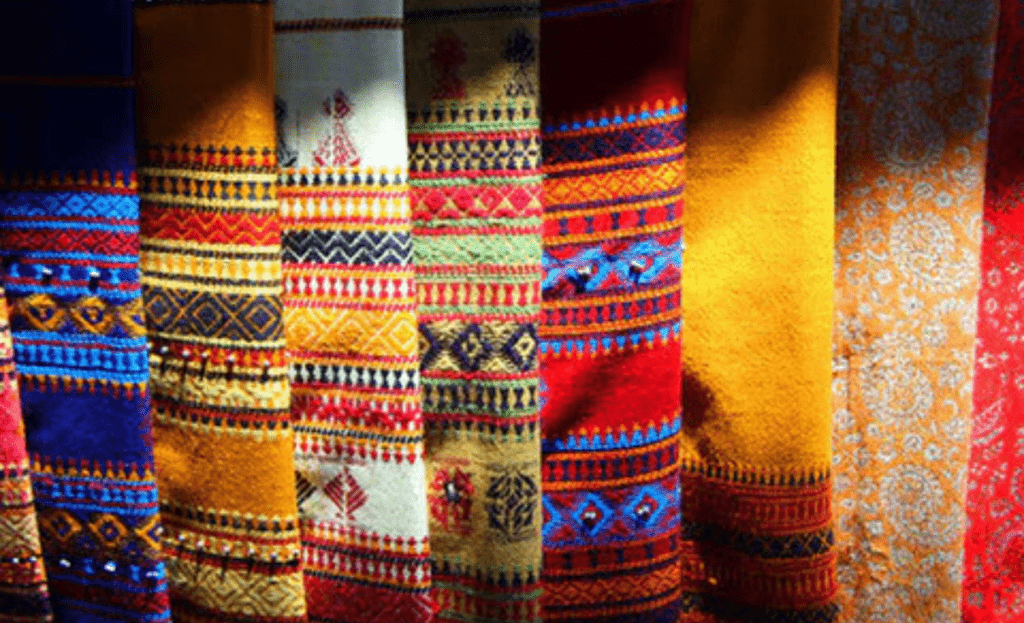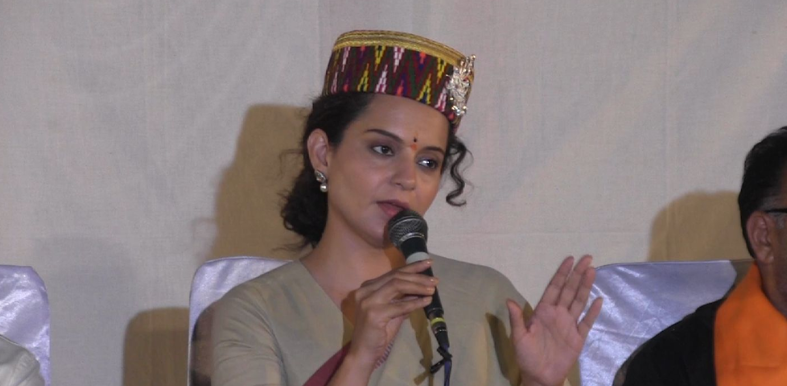As Himachal Pradesh continues to experience rapid urbanisation and changing lifestyle, its traditional fairs or ‘melas’, once the heartbeat of local culture and economy, are facing an uncertain future.
Most of the melas, which for generations served as vibrant hubs of community interaction, trade and cultural exchange, are now under threat from modern infrastructure, shifting consumer habits and a growing disconnect between younger generations and rural heritage. Several fairs have been witnessing a decline in footfall year-on-year.
Such fairs once were a household name in Himachal Pradesh and traders from across the state — and often from other parts of the country — would gather at these fairs to showcase their products.
From Kangra to Kinnaur and from Sirmaur to Lahaul-Spiti, these gatherings have been known for generations as powerful expressions of the region’s diverse traditions, religious customs and social values.

Himachal hosts different kind of fairs
Agriculture fairs: These showcase the day-to-day life of agriculturists, including livestock exhibitions, farm produce and farming techniques. Example: Minjar fair of Chamba, started by Raja Sahil Varman.
Cultural fairs: Exhibit traditional arts, crafts, food and performances by folk artistes. Example: Sui Fair of Chamba.
Art and craft fairs: Provide a platform for artisans and crafters to display their handmade goods. Example: Dari Mela of Dharamshala.
Trade fairs: Here, companies use the latest technology to showcase their newest products and services. Example: Kangra Trade Fair.
Food fairs: Central theme is food and drinks from across the state. Example: Dharamshala Carnival.
Music fairs: Mostly seen in tourist places of international importance where artistes perform live. Example: Shimla Carnival.
Science fairs: These are talent search events, often offering prizes to students who exhibit their scientific projects.

Book fairs: Such events attract readers, writers and publishers to celebrate literature. Example: Ridge Mall Road Shimla Book Fair.
Livestock fairs: Organised for buying and selling livestock of good breeds. Example: Nalwari fair, Bilaspur.
Job fairs: Organised to help job-seekers connect with potential employers from various companies. Example: Bal Mela, Nagrota Bhagwan.
Historical fairs: These display historical periods through themed entertainment and cultural activities. Example: Mandi Shivratri Fair.
International fairs: Large-scale events that attract exhibitors and visitors from around the world. Example: Kullu Dussehra.
Helping fostering sense of unity, shared identity
Himachal Pradesh almost has fairs in each and every area, the theme varying from place to place but the objective remaining common.

The fairs help in fostering a sense of unity and shared identity for social interaction and help preserve traditions. Most of the hill fairs are associated with religious deities, highlighting the deep spiritual roots of these gatherings.
Various performances, games, rides and other recreational activities make them an important part of the year among youngsters.
Rapid urbanisation, social media take a toll on fairs
Rapid urbanisation has been leading to reduced participation in rural fairs. The younger generation, which is more inclined towards e-commerce shopping, find such fairs less appealing.
Permits, permission and infrastructure expenses also put a strain on the budget of the organisers of such fairs. Also, globalised entertainment and social media have been overshadowing such fairs and folk artistes.
The Covid-19 pandemic also halted several fairs due to health concerns while some fairs have struggled to regain pre-Covid participation.
Steps needed to keep tradition alive
To keep the traditional fairs alive, there is a need to highlight the history of such fairs through various mediums so that the younger generation remains connected.
Participation at the level of local traders, folk artistes and residents is imperative to incorporate new ideas to make the fairs attractive. The latest technology should be used for publicity so as to reach and spread the importance of fairs at every level.
Shrey Awasthi






